Poverty, long-simmering racial tension, drug-trafficking and a recent outbreak of violent anti-government protest: the Colombian city of Cali has come to encapsulate all the ills of a country recently emerged from half a century of conflict but tumbling back into crisis.
With 2.5 million inhabitants, just over half of them black, the tropical melting pot near the Latin American nation's Pacific coast is weighed down by crushing poverty and unemployment.
It is a "cocktail with racist components, empowered by irritation and weariness towards the government," professor Delfin Grueso from the University of Valle told AFP.
Once famous as the fiefdom of the feared Cali Cartel, which dominated the world's cocaine market; or as a hotbed for salsa, the city is now paralysed by road blocks, protests and clashes between civilians and police.
Mass demonstrations against poverty and inequality that began across the country two weeks ago have spiralled into deadly violence, with dozens killed.
In Cali, says the NGO Temblores, the violence has led to the deaths of 35 civilians – at least 14 of those at the hands of police.
Colombia has come under fire for its severe response, and in particular for the deployment of heavily-armed police more accustomed to fighting drug trafficking and the remnants of left-wing guerrilla groups.
Grueso said the city's deep social fissures – combined with "class components, exacerbated by political rhetoric" – have emboldened a national government that "repressed (the protests) as if it was subversion."
'Barbaric'
The crackdown has been "barbaric," according to María del Pilar Castillo, also from the University of Valle.
"It flares up at night... helped by helicopters, armed civilians or police dressed as civilians," she said.
Authorities have not recorded the number of police killed in the city, but videos of civilians shooting firearms are all over social media.
"It's a friend-enemy problem. If the police see that (the armed civilians) are against their enemies, which in this case is the demonstrators, it doesn't make sense to attack them. It's the logic of war," said Castillo.
'Racist city'
An important element in the protests has been the involvement of indigenous people. Last weekend, a dozen were wounded by gunfire in Cali.
"Cali is a racist city. But it's barely been noticed because the city is segregated," said Castillo.
On social media, there have been calls to join the "white movement" – protesters dressed in white and driving white trucks that seek to break up roadblocks.
"They're mixed race but think of themselves as whites because they're differentiating themselves from the Afro-descendants and indigenous people, whom they call Indians," added Castillo.
For Juan Manuel Torres, from the Peace and Reconciliation Foundation, these people are "drug-trafficking elites" who want to "administer their own justice."
"They have the weapons, the resources, armored trucks, they have their bodyguards and dogwashers [small time gangsters], they're forming squadrons to murder protesters," he said.
In the crossfire
When authorities signed a historic 2016 peace accord with the Revolutionary Armed Forces of Colombia (FARC), the largest left-wing rebel group in the country, local authorities branded Cali the "post-conflict capital."
For decades, people displaced by violence and those lacking opportunity in coastal towns moved to Cali and settled in "marginal neighborhoods, without access to work or education," said Grueso.
But despite the peace accord, the cycle of violence has continued.
The Pacific region has the largest concentration of coca plantations in the country, according to a recent UN report. Coca is a prime ingredient in the production of cocaine.
Locals found themselves in the crossfire between armed groups, as violence has surged with massacres, assassinations and mass displacements on the rise.
FARC dissidents, members of the National Liberation Army (ELN) – the last recognised rebel group – and armed gangs made up of disbanded right-wing paramilitaries are fighting over the region's lucrative drug-trafficking, illegal mining and extortion markets.
Justifying its heavy-handed crackdown, the government has insisted the current protest violence has been coordinated by armed gangs infiltrating demonstrations.
'Abnormal collective psyche'
The locals' sense that they are being repressed has been inflamed by the punishing restrictions that have come with the pandemic.
Forced indoors, skeptical of government institutions and connected to social media, Cali's young people have led the protests.
The pandemic has pushed "a good part of the middle classes into poverty and good part of the poor into misery," said Grueso.
Meanwhile the thriving salsa scene has been put on hold, producing an "abnormal collective psyche," city mayor Jorge Ivan Ospina told El País, among a cohort used to partying.
"We're committed to reducing infections and we didn't understand what confinement does to a youngster from Cali," Ospina said. "Maybe for a youngster from Scotland, confinement is different."
related news
by Lina Vanegas in Bogotá and Luis Robayo in Cali, AFP











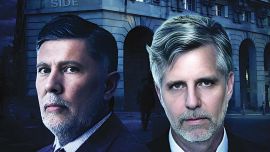


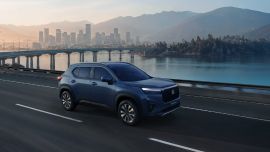






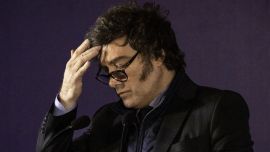
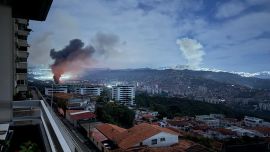

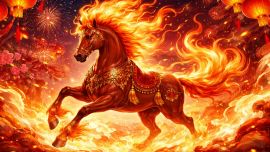
Comments